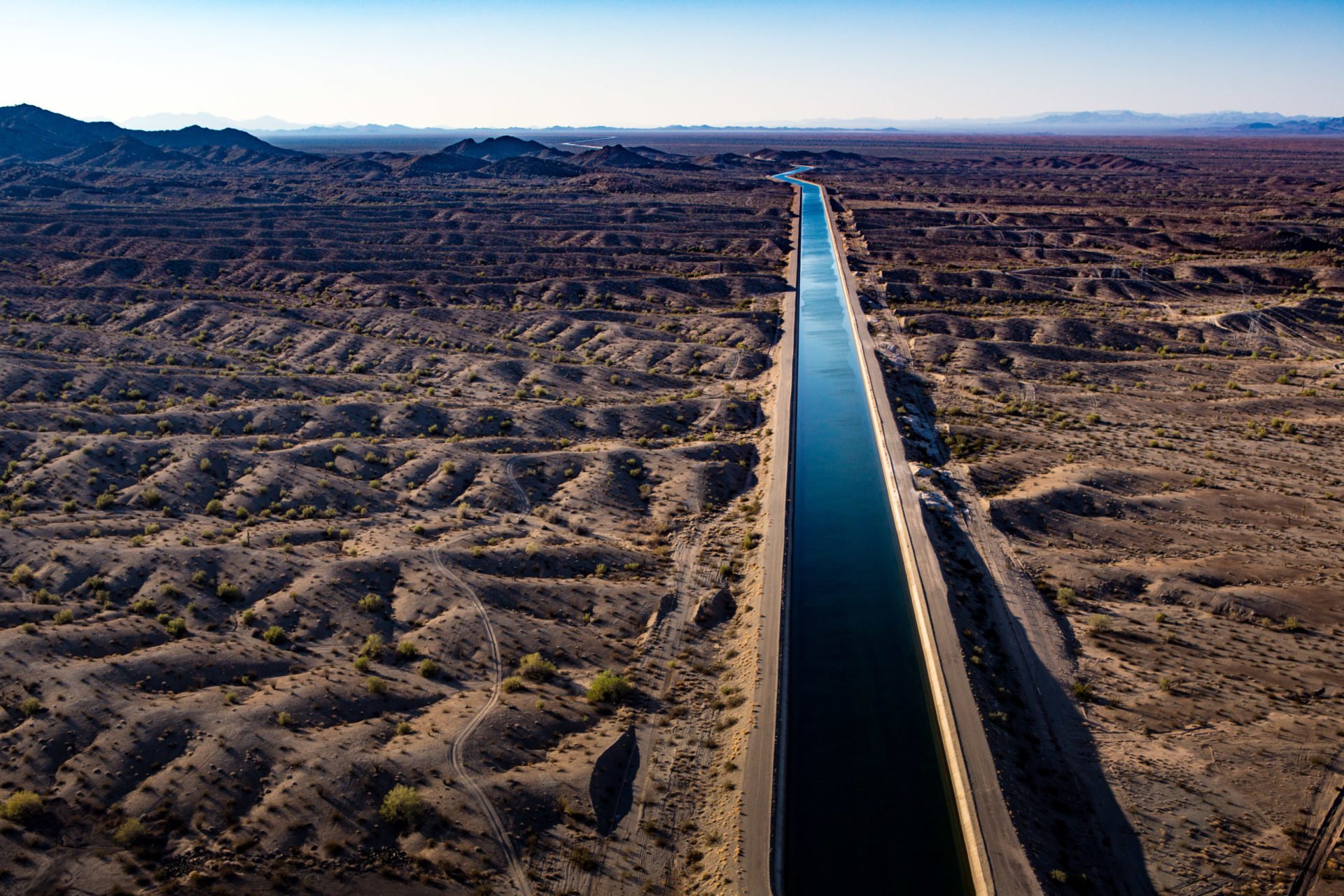World Water Day was Sunday, March 22, and now more than ever it is time to address head on the global crisis of water. Water is our most precious resource. We can no longer afford to manage it the old way. It simply isn’t working. But there is hope in new digital approaches to water management.
Water is finite, in increasing demand, poorly governed, undervalued and there is no replacement. The water “crisis” is here and now. Projections of water scarcity and poor quality will continue to have an increasing negative impact on economic development, business growth, social well-being and ecosystem health. Climate change will further exacerbate the “wicked problem of water” and our failure to effectively manage water supply and demand.

Just ahead of its annual meeting this January in Davos, the World Economic Forum (WEF) published its Global Risk Report 2020, ranking the water crisis the fifth most impactful global risk area. The forum has ranked water a top-five risk for several years. In addition, two of the 17 United Nations Sustainable Development Goals for the planet by 2030 are directly water related– “SDG 6: Clean Water and Sanitation” and “SDG 14: Life Below Water,” in addition of course to the closely-related “SDG 13: Climate Action.”
The Harsh Reality of Water Today
Approximately four billion people currently live in water-scarce and water-stressed regions. Nearly one billion people lack access to safe drinking water, and almost one million deaths per year result from water-borne diseases. The 2030 Water Resources Group projected that by 2030, the world faces a 40 percent “gap” between water supply and demand if public policy and technology approaches remain as business as usual.).
Several major world cities—including Johannesburg and Rio de Janeiro—face risks to their water supplies, and as a result are working to increase their resiliency to changing hydrologic conditions. Research by CDP Water highlights the response of cities to these water risks, noting that 196 cities reported they face risks of water stress and scarcity, with 132 reported a risk of declining water quality, and 103 reporting a risk of flooding.

A 2016 report from the World Bank evaluated impacts from water scarcity on regions and nations. Among its conclusions were that water scarcity, exacerbated by climate change, could cost some regions as much as six percent of GDP, spur migration, and spark conflict. The World Bank also concluded that without urgent action, water will become scarce in regions where it is currently abundant—link in Central Africa and East Asia—and water scarcity will worsen where it is already in short supply, including the Middle East and Africa’s Sahel region.
The public sector, private sector and civil society are not sufficiently addressing the water problem with current policies, strategies and tools. The time for change is now. And it’s urgent.
Progress, At Last
2019 was a turning point. We finally saw new digital technology startups emerge, the acceleration of adoption of digital water solutions in the utility and industrial sectors and several notable acquisitions and funding of digital water technology startups. For example, there was notable traction with AI-based infrastructure and industrial water solutions: Emagin was acquired by Innovyze and Plutoshift secured Series A funding. Also, digital water technology companies emerged from sustainability accelerators such as TNC – techstars (e.g., Gybe) and the ABInBev 100 + Accelerator (e.g., BanQu and spout). Digital water technologies provide real time access to water quality (like satellite data analytics), water quantity for home, commercial, utility and industrial applications, infrastructure care (like predictive analytics for system assets), workforce support using tools like virtual and augmented reality, and consumer and customer engagement (for example providing water use data).
The Fourth Industrial Revolution for water is beginning to take shape. The transformation of water is well captured in WEF’s report, Harnessing the Fourth Industrial Revolution for Water.
WEF is not alone is chronicling the adoption of digital water technologies in the public sector (like for water and wastewater utilities), business (including the food and beverage sectors) and for society (in terms of smart homes and in numerous other ways). Last year saw several reports documenting this transformation. The International Water Association and Xylem publication Digital Water: Industry Leaders Chart the Digital Transformation, as well as the report Accelerating the Digital Water Utility, focused on the water and wastewater utility sector and geographically-focused digital water technology solutions. And the Digital Water Technology Solutions for the Colorado River Basinworkshop report put a lens on the potential of digital technologies like Artificial Intelligence to transform the way the basin is managed to ensure a sustainable and resilient future.
Digital Takes Hold
Digital technologies are delivering in meaningful ways across the water value chain, from watersheds to infrastructure, and spanning virtually every industry, including consumer-facing ones. Surface and groundwater data within watersheds can now be collected and shared at the local, regional and global level. The digital water technology toolkit now includes satellite imagery for surface and groundwater evaluation and flood forecasting. Drones can be deployed to assess real-time conditions upstream as a preventative measure and not merely for periodic planning. And just as blockchain applications have been used to increase the transparency of supply chains in other sectors, they could be employed to generate permanent, collective record-keeping of water use and transactions for a range of stakeholders.
The most obvious opportunity for digital water technology adoption is in utility and industrial asset management and to monitor infrastructure performance in real time. Digital water technologies can vastly improve the efficiency and effectiveness of infrastructure repair and capital investments. Utilities now have the opportunity to record every asset within a digital mapping (GIS) system with structured and unstructured data from across all departments in order to generate insights and decrease costs and risks.
There is also the potential for digital technologies to help lead to off-grid and localized solutions for water and wastewater treatment, along with strategies to build hybrid decentralized/centralized systems. Real-time water system performance and water quantity and quality monitoring are currently facilitating the adoption of off-grid air-moisture-water generation and localized treatment technologies. Digital solutions enable off-grid and decentralized technologies by eliminating or reducing the need for centralized testing and reporting. Real-time monitoring allows infrastructure technologies to become independent and more directly connected to the needs of industrial and government customers as well as consumers.
Just as digital technologies have transformed other sectors and our lives, digital solutions hold the promise of helping create abundance of water for economic development, business growth, social well-being and ecosystem health.
We can solve water. Digital solutions are the key. Here’s to more progress in 2020.
Will Sarni is founder and CEO of Water Foundry, (a strategic advisory firm), and an internationally-recognized leader on water strategy, innovation, and sustainability.
















